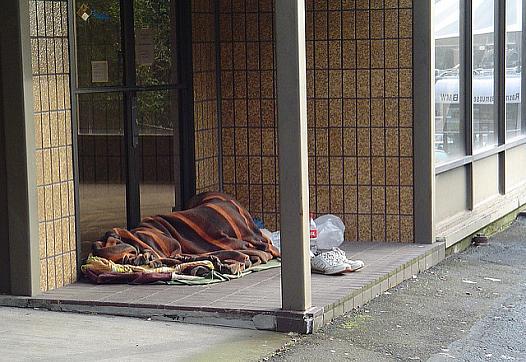
A new reporting project will "examine the health risks to the public that can occur when society and local governments neglect or underfund initiatives to alleviate conditions where homeless populations live."

A new reporting project will "examine the health risks to the public that can occur when society and local governments neglect or underfund initiatives to alleviate conditions where homeless populations live."
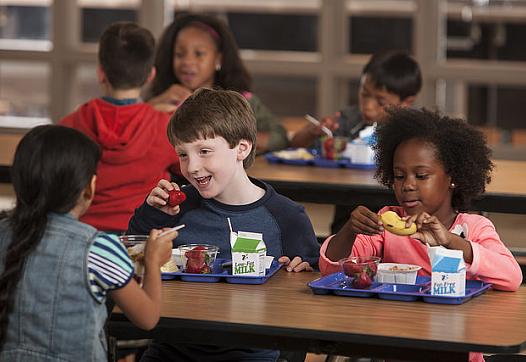
State and federal nutritional guidelines exist for public schools, but who's regulating after school programs and child care centers?
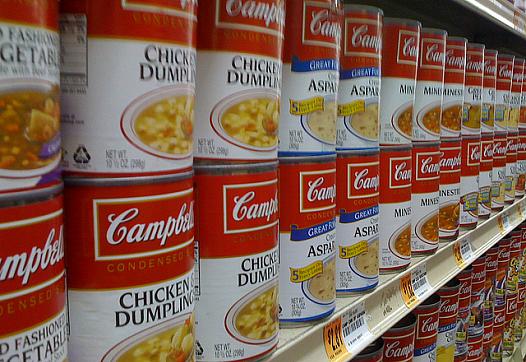
Why does one of the wealthiest countries in the world make its most vulnerable citizens choose between food or shelter?
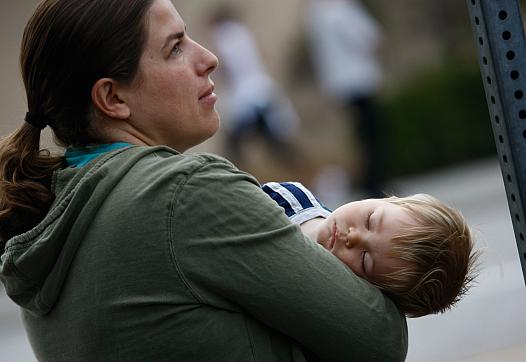
A look at how the country’s two biggest states have insured their kids helps explain why nearly 4 million American children remain without health coverage.

A San Diego Business Journal examination, which included multiple public records requests, revealed the extent of the patient backlog.

This story was produced as part of a larger project led by Monica Vaughan, a participant in the 2019 California Fellowship.
Other stories in this series include:
Oceano Dunes stays open to off-roading. But California still says big changes must be made
Health alert: Air quality warning issued for
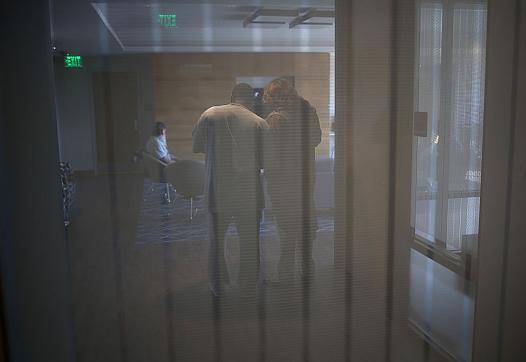
"If you have a loved one struggling with addiction and you’re looking for a safe place to send them for recovery in California, good luck."
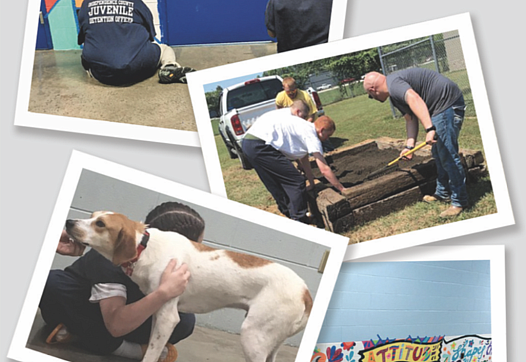
Support for Curcio’s reporting on this project also came from the Fund for Journalism on Child Well-Being, a program of the USC Annenberg Center for Health Journalism at the University of Southern California.

Support for Curcio’s reporting on this project also came from the Fund for Journalism on Child Well-Being, a program of the USC Annenberg Center for Health Journalism at the University of Southern California.

Public health officials and medical professionals now recognize violence and other major factors — education, employment status, income, experience with discrimination — as key factors for women’s health.